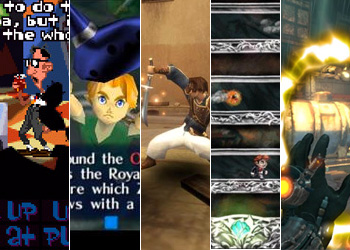
Many video games feature time travel as part of their stories’ premises (Command & Conquer: Red Alert, Teenage Mutant Ninja Turtles: Turtles in Time), but some go the extra step and include time manipulation as a gameplay element. Whether it’s via a time machine, a musical instrument, or magical powers, these games allow the player to travel through and control the flow of time in order to progress. Though not a comprehensive list, here’s a brief chronological survey of some of the best games to explore the fourth dimension.
Where in Time Is Carmen Sandiego? (1989)
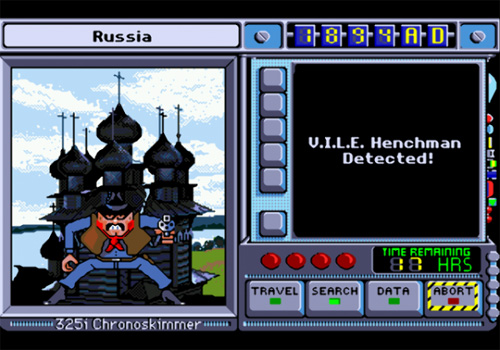
Carmen Sandiego and her henchman hijack a time machine and start looting famous historical artifacts like Paul Revere’s horse and Napoleon’s hat. As an ACME detective, the player must use a Chronoskimmer time machine to follow the V.I.L.E. trail, learning about history along the way.
Space Quest IV: Roger Wilco and the Time Rippers (1991)
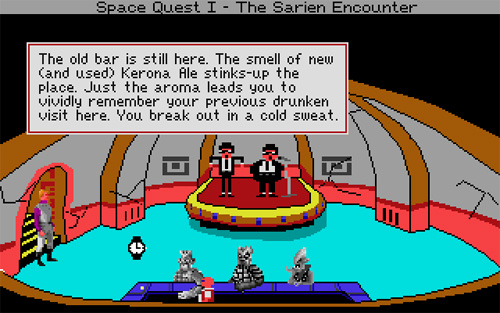
In this fourth installment of Sierra’s popular adventure game series, Roger Wilco jumps around in his own timeline on the run from a future nemesis, with adventures in both previous and “future” (they were never actually made) Space Quest games.
The Journeyman Project (1992)
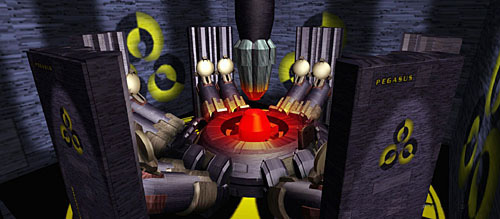
In the distant future, Earth is invited to join an interplanetary federation, but first three anachronisms from Earth’s history must be corrected. Agent 5 (the player character) is chosen to do this, and a different final score is recorded depending how Agent 5 deals with the anachronisms. The game became a series, with the final installment being released in 1998.
Day of the Tentacle (1993)
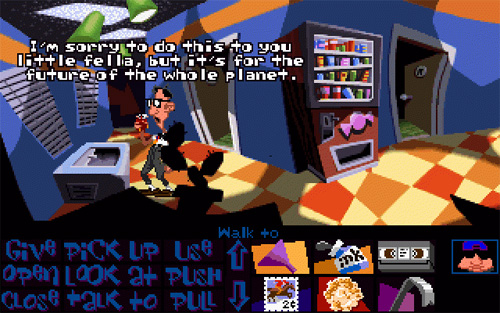
In this sequel to 1987’s Maniac Mansion, three friends are split between three time periods thanks to a faulty time machine. To solve puzzles, characters must send objects through time either via specially designed toilets called Chron-o-Johns or simply by leaving the items in a past time period to be used later by another character.
Chrono Trigger (1995)
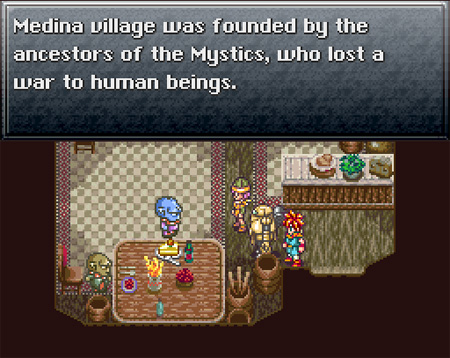
More than a simple JRPG, Chrono Trigger features seven time periods in which to play, and as the party travels between them their actions (picking up inventory, gathering allies, completing side quests) can affect future events.
The Legend of Zelda: Ocarina of Time (1998)
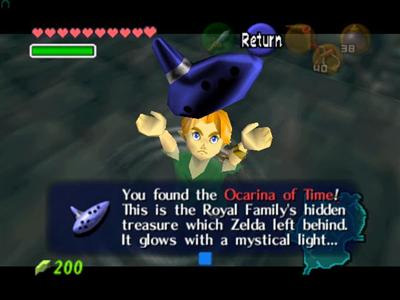
Using an instrument called the Ocarina of Time as well as a magical sword, Link can teleport between time periods in his life. His abilities as a child and an adult differ, and quests he completes can have an effect on his later abilities or inventory. The Legend of Zelda: Majora’s Mask also features a time travel element, as Link again uses the Ocarina of Time to restart the game’s three-day cycle while retaining some of his progress.
Blinx: The Time Sweeper (2002)

An anthropomorphic cat named Blinx uses a special vacuum cleaner called a Time Sweeper to manipulate the speed and direction in which time flows. On behalf of the Time Factory, he must use these abilities to right temporal glitches which, left unchecked, turn into Time Monsters.
Prince of Persia: The Sands of Time (2003)
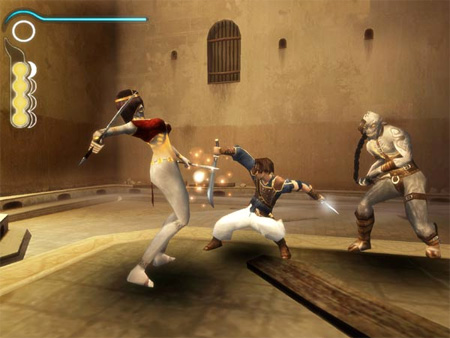
Using the Dagger of Time, which is charged with the Sands of Time, the Prince can rewind time to avoid mistakes in combat or accidental falls. He can also slow down enemy attacks or freeze enemies with the Dagger. The game’s sequels also make use of the Dagger, with some additional abilities added, and the recent “interquel,” Prince of Persia: The Forgotten Sands, also includes a time manipulation element, though through a different means.
TimeShift (2007)
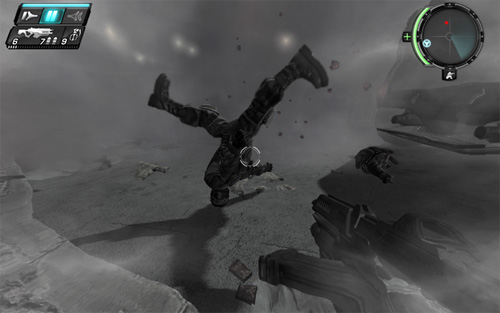
After traveling back in time to 1939 with a special suit, the player uses that suit’s powers to manipulate time in order to dodge projectiles, overtake enemies, and solve puzzles. A side effect of slowing, stopping, or rewinding time is that each of these produces a colored haze effect in the environment.
Braid (2008)

Made in the style of classic platform games, Braid adds a time manipulation element, with different abilities offered in different worlds, from simple rewinding to creating bubbles which are protected from the passage of time to controlling the direction of time by changing the direction of movement.
Forza Motorsport 3 (2009)

Even racing games are getting into the time-manipulation action, with Forza offering a “rewind” assist allowing the driver to fix mistakes made during the race.
Ratchet & Clank Future: A Crack in Time (2009)
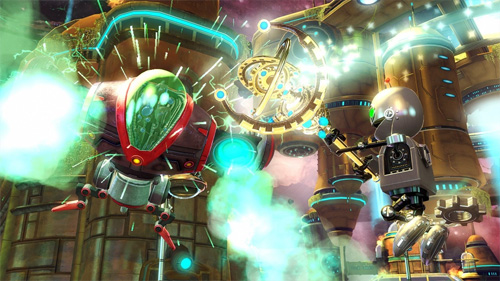
Clank can use a staff called a Chronosceptor to slow time in a particular area, as well as special time pads which allow him to make recorded holograms of himself to replay later, necessary to solve many of the game’s puzzles.
The Misadventures of P.B. Winterbottom (2010)
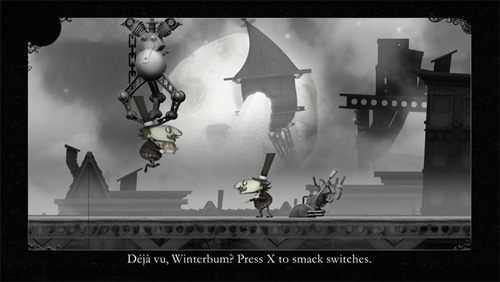
The gluttonous P.B. Winterbottom is chasing pies, and to collect them all (including the elusive Chronoberry pie) he uses newly-gained powers of time manipulation and recording himself, similar to the mechanics of Braid and Ratchet & Clank Future, but this time occasionally working against his own clones.
Singularity (2010)

A time manipulation device, or TMD, is used by the player character heavily throughout the game, for everything from combat (aging opponents to weaken them) to restoring objects (ammo and health crates) and parts of the environment (like bridges) to creating portals between two time periods. Gameplay takes place in both time periods, and the player’s actions in can affect the outcome of the game.






